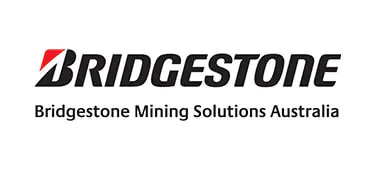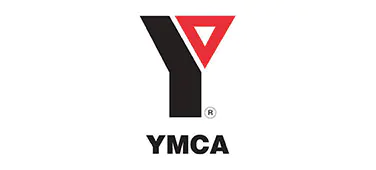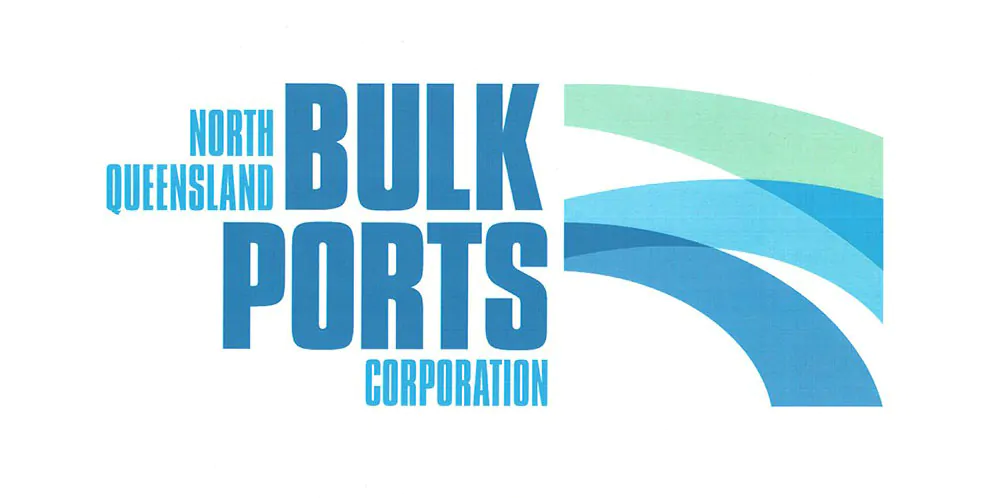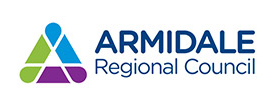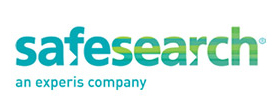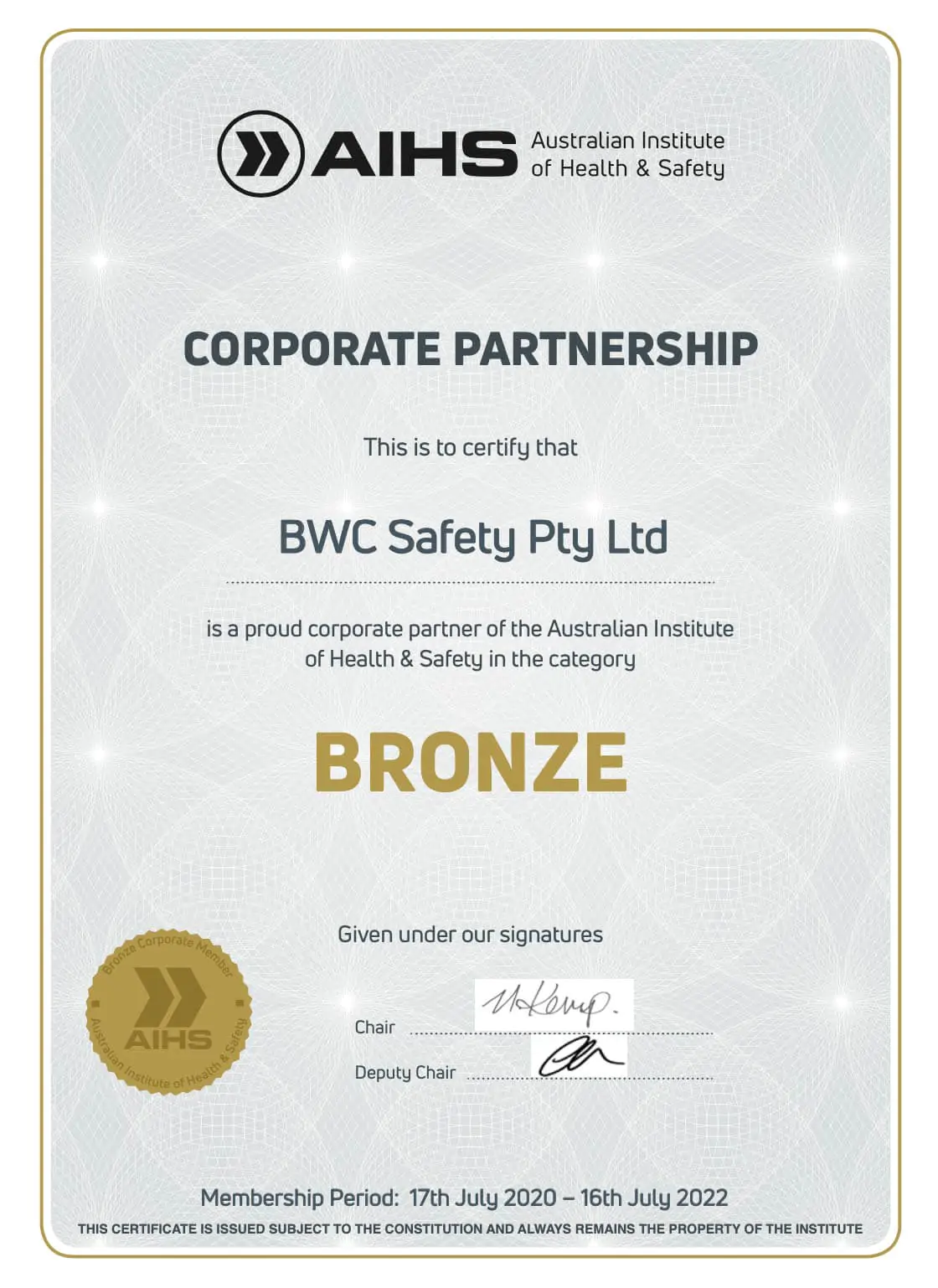Managing Psychosocial Hazards in the Workplace
Managing Psychosocial Hazards in the Workplace

The law around psychosocial hazards – What you need to know
In late 2021 , Safework NSW developed an excellent Code of Practice to guide employers on this issue. It was entitled “Managing Psychosocial Hazards at Work” and clearly spells out the legal requirements placed on organisations large and small to either eliminate these hazards from their workplace, or if this is not possible, to minimise the chances of harm to staff so far as is reasonably practicable. The Code of Practice also describes the practical steps that must occur to be legally compliant with the regulations.
Over the following three years the safety regulator has continued to increase awareness around the issue, visiting hundreds of businesses and asking the simple question – “What processes do you have in place for managing psychosocial hazards in your workplace?”, followed by the instruction “that great, please show me”
As we approach April 2024, the regulator appears to have (rightly) taken a stance that most organisations in Australia have had three years to get their act together on psychosocial hazards, and if compliance isn’t achieved voluntarily, then the regulator will act. This often starts with simple Improvement Notices, but can escalate into Prohibition Notices or even Infringements.
A Typical Scenario
As a safety consulting firm that regularly helps companies in this space, we find that the trigger for regulator involvement is often a complaint from an aggrieved worker who has tried to raise a concern but has received little or no support from his managers. Feeling like they are not heard or valued, and with nowhere else to go, they reach out to the regulator.
Sadly, in these cases the organisation is usually found to have little in place to even identify if there are any issues – Policies and Procedures have not been considered and developed; there is no process for regularly consulting with workers on the issue; and no visible commitment from managers to work with staff to address issues. From our experience, managers often struggle to spell ‘psychosocial’ let alone understand it. Typically a visit from the safety regulator in these circumstances often results in executive leadership scrambling to catch up and frantic calls for help are often received.
So what are Psychosocial Hazards?
Psychosocial hazards refer to conditions and interactions in the workplace that have the potential to harm the mental, emotional, or social well-being of workers. Although a one-off traumatic event can cause harm, our senior WHS consultants have found that it is usually the sustained organisational and interpersonal aspects of work that are the underlying contributing factors. As an example, most staff can cope with extra demand for short periods of time, however if there is never any respite, then mental health may be affected.
BWC Safety have conducted regular reviews of psychosocial hazards in all different types of organisations, and here is a list of common causes of psychosocial stress that we have identified:
Job content and demands: This includes issues like work overload, work underload, uncertain or unpredictable work hours, and a lack of control or decision-making power. While workers can normally cope with the occasional issue, prolonged stress from these sources will certainly lead to long term problems.
Lack of role clarity: Ambiguity about one’s role, conflicting job roles, and responsibility without authority can lead to stress and other negative psychological outcomes.
Poor workplace relationships: This can involve poor communication, poor leadership and management practices, bullying, harassment of any kind, and social isolation. These are often the most frequent and toxic types of psychosocial hazard.
Organisational structure and climate: A lack of participation in decision-making, lack of clarity around organizational objectives, and perceived inequality can all be sources of stress.
Poor job security and uncertainty: Lack of opportunity for growth, job insecurity, and unclear expectations can lead to a sense of stagnation and insecurity.
Sustained poor work-life balance: When work consistently interferes with personal life or vice-versa, it can lead to burnout and other negative outcomes.
Remote or isolated work: Workers who are separated from colleagues or support structures may experience feelings of isolation and vulnerability.
Organisational change: Inconsistent or poorly managed change can lead to uncertainty and anxiety.
Exposure to violence or traumatic events: Some professions, like first responders, are more exposed to traumatic events which can lead to post-traumatic stress disorder and other mental health issues.
The implications of these hazards can be far-reaching, affecting worker health, absenteeism, turnover, productivity, and even leading to more severe outcomes like burnout or mental health disorders. Recognising and addressing psychosocial hazards is crucial for creating a healthy and productive work environment.
I think we have a problem – what should we do?
Having read this far, there is a fair chance that you are concerned that your organisation:
a) may have an impending issue,
b) has little or nothing in place,
c) doesn’t know what to do next
One of the recommendations in the Code of Practice for firms who are struggling to understand or manage psychosocial hazards is to engage the services of an external safety consultant with experience in this area. The benefits of engaging external help like both in their previous experience and also their independence.
Our approach
Typically, the approach we will adopt is to hold confidential 1:1 discussions with a large cross section of staff so that responses cannot be traced back to any individual, yet key themes can be identified and solutions planned. We will then analyse the information, using the code of practice as a framework, and develop a report for the executive team that identifies the key issues and provides practical recommendations for either eliminating or minimising harm.
Once these key issues and recommendations have been identified, it is essential to begin genuine consultation with workers and their representatives around the solutions. Forming a WHS committee, if one doesn’t exist, should be high on management’s agenda. There is often a range of psychosocial risks present and the committee can collectively set priorities for the actions that are required and then monitor progress.
Final thoughts
Dealing with psychosocial hazards can be challenging, especially for managers and supervisors who are good at their profession but lack the experience or time to investigate the issues and consultatively work through solutions. A botched attempt can cause more distrust and harm. If in any doubt, we would strongly recommend seeking assistance from an independent safety consultant with a demonstrated track record in investigating and facilitating the management of psychosocial risks.
Professional
Company WHS Review
Ensure your organisation isn’t making critical WHS mistakes by getting expert advice before it’s too late.
“Such a culpable culture can exist only when leadership from the Board down are careless in respect of safety. That cannot be allowed”


